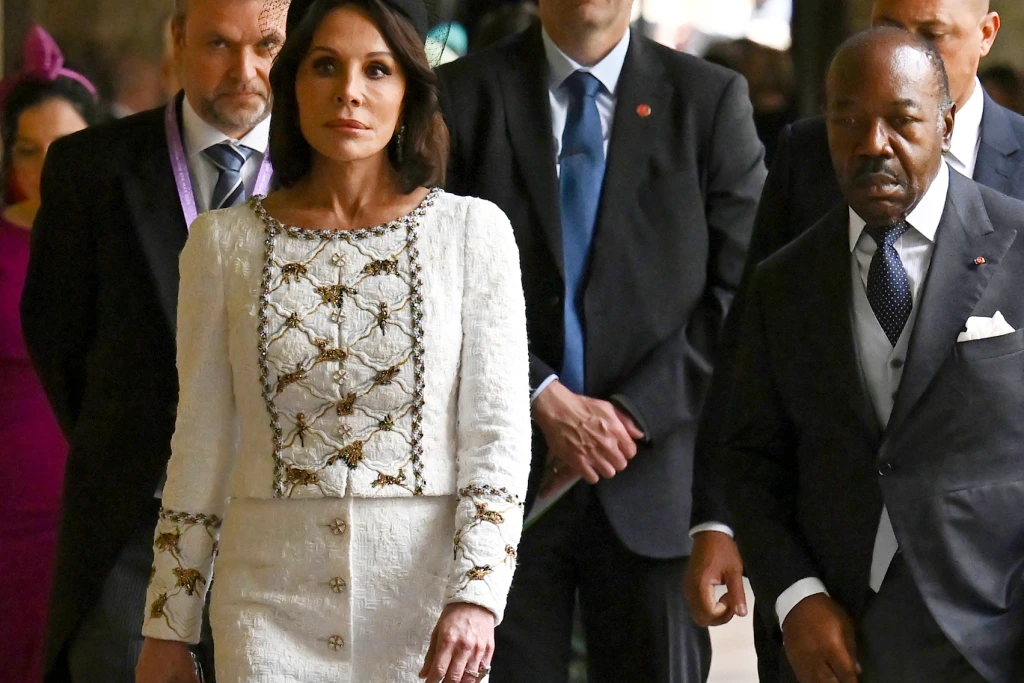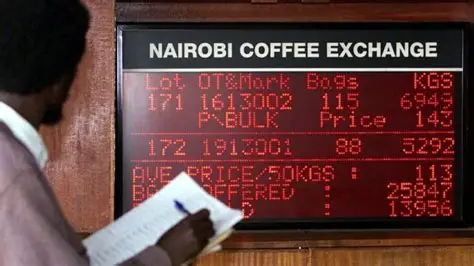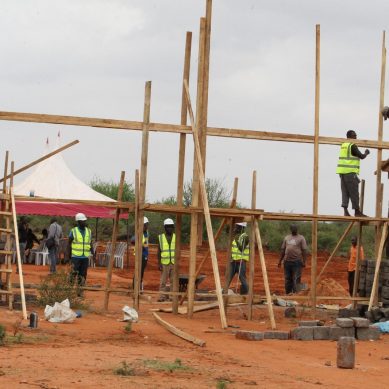
The 2024-25 season was a bruising one for the Arsenal men’s team and they may well bear some scars from it – quite literally.
Many of their best players – Gabriel, Martin Odegaard, Bukayo Saka and Kai Havertz – endured significant injuries. A number had to undergo surgery to repair whichever body part had failed.
After the campaign’s final home game against Newcastle United on May 18, manager Mikel Arteta addressed the situation in his post-match speech from the pitch.
“I know what these players have been through, this staff, this season. Any other club in this position will finish in a position you cannot even dream of, so please say thank you to the players, say thank you to the staff and thank you to all of you for your support,” he told fans at the Emirates Stadium. “We need to recognise what we’ve done. I’ve seen other teams with one or two injuries finish fifth, eighth, 16th, 17th.”
Arteta clearly believes injuries – as well as suspensions – played their part in derailing Arsenal’s latest attempt at winning their first men’s silverware since the 2019-20 FA Cup.
According to Premier Injuries, the football injury statistics resource founded by Ben Dinnery, Arsenal suffered 36 separate “time-loss” injuries in 2024-25 and lost a total of 1,297 days to them — the fourth-highest total in the Premier League, behind Ipswich Town, Tottenham Hotspur and Brighton & Hove Albion.
Under Premier Injuries’ definition, injuries are recorded in any instance where a player is forced to miss at least one game. Omissions due to fatigue or illness are not counted and these figures do not include injuries picked up during pre-season.
Arsenal have been afflicted with persistent injury issues, with Premier Injuries recording them as suffering seven separate incidents involving players’ hamstrings this season alone.
A number of players, including Arsenal’s Kai Havertz and Chelsea’s Nicolas Jackson, have suffered hamstring injuries – how do they happen?
Arsenal feel that muscle and tendon damage are up in general – and while the lack of an official audit of Premier League injuries makes that difficult to authoritatively corroborate, several industry professionals have confirmed they believe such issues are on the rise in football. But Arsenal have still suffered more than most.
A simplistic analysis – and one that should not be discounted – is that they have simply been unlucky.
A club can have the most rigorous processes in place to combat and prevent them, yet still injuries can occur. Arsenal also lost Odegaard, their captain, for eight weeks after he was on the wrong end of a heavy challenge while on international duty. That sort of thing is almost entirely outside of a club’s control.
But Arteta’s Liverpool counterpart Arne Slot rejects the idea that fitness record is determined chiefly by luck. Although eventual title winners Liverpool had players such as Alisson, Ibrahima Konate and Trent Alexander-Arnold go through spells on the sidelines, their injury record has been superior to that of runners-up Arsenal. Eleven outfield players played more than 30 league games for Liverpool this season. For Arsenal, it was just five: William Saliba, Thomas Partey, Gabriel Martinelli, Leandro Trossard and Declan Rice.
“If you think injuries are only luck or bad luck, then we’ve been lucky,” Slot said at a press conference in March. “But we’ve tried to believe we try to prevent them from a certain way of working.
“So that we don’t have many injuries, I don’t see that as luck. I see this as, first of all, top professionals, our players do everything to stay fit. Second of all, great facilities and great staff. You need to show this over a longer period of time to consider it luck or bad luck. If we can continue doing this for years without many big injuries, then it’s also quality.”
So, what are the controllable factors that contributed to Arsenal’s issues? And how can they improve upon them next season? What is the perfect squad size?
As the end of the season approached, Arteta spoke frequently about not having enough first-team players at Arsenal.
“We knew from the beginning of the decision that our squad was super-short and, being super-short, we had some players that had a high probability of getting injured,” he said in a press conference this month. “So we knew that, and we cannot do anything about it.”
Wanting more players at his disposal has been a consistent theme for Arteta recently.
“If we demand the players to play more games in more competitions with more travel and more intensity, the only solution to deal with it is (to have) more players,” he said in April. “I don’t see any other solution. I think we have to be very conscious that there are certain limits that the players can do.”
These comments are interesting, as Arteta has previously shown a preference for keeping to a smaller squad.
In 2022, he set out his stall by saying to the media, “If you ask me what I want, it’s 22 outfield players and three goalkeepers.” And a year later, he called his 30-man pre-season squad “unsustainable”.
Arteta seems to have revised his view. Earlier this year, presumably due to the increased frequency of games and the intensity of them, he said his preference was “always 23 or 24 outfield (players) and four goalkeepers”.
Including the teenage trio of Myles Lewis-Skelly, Ethan Nwaneri and Tommy Setford, Arsenal had a squad of 22 outfield players and three goalkeepers in 2024-25. That would suggest they were at least a couple short of what the manager would like.
Arteta has since intimated the issue was not just the size of the squad, but the balance of it.
“It’s about the optimal size of the squad,” he said earlier this month. “Then within that squad, everybody has to accept a role. I mean to have 22 (outfield players) but with five full-backs that they all feel they are tier one, you have a big problem.”
If Arsenal’s squad was too small or imbalanced, that was in part self-inflicted: Arteta was involved in the conversations where it was decided to send Fabio Vieira out on loan, for example. They could have kept Vieira as a rotational option, allowing them to rest Odegaard and Saka, rather than let him rejoin previous club Porto for the season. The good news is Arsenal have an opportunity to address this issue in the summer transfer market.
Who is on their list of targets when the window opens next month could be significant too: they can recruit for durability.
When the club were weighing up a move last summer for Bologna and Italy defender Riccardo Calafiori, concerns over his fitness history were flagged. Arsenal proceeded, inspired principally by Arteta’s admiration for the player, but as Premier Injuries notes, Calafiori went on to have five separate absences due to injury in his debut season.
Another key point is that the squad is only as deep as Arteta’s trust in it. Sometime it feels as though, as the season wears on, certain players are jettisoned and deemed unusable. If Arsenal are to keep players fit, they need to keep their rotation options open.
Why so many surgeries this season?
At least seven Arsenal players have been operated on this season: Takehiro Tomiyasu, Ben White, Saka, Gabriel Jesus, Havertz, Gabriel and Jurrien Timber. Of these, Saka, Havertz and Gabriel all underwent surgery on hamstring injuries. Three Arsenal players with the same medical situation in the same season is striking – and, if you count Reiss Nelson, who spent the season on loan at Fulham, it’s four.
One hypothesis is that hamstring injuries are an inevitable consequence of the game’s increased intensity. The number of sprints a player is required to perform is markedly higher these days and, typically, hamstrings are damaged by sprints or sudden turns.
But why are so many of Arsenal’s injuries resulting in surgery?
One aspect to consider is the evolution in how these injuries are being treated. As diagnostics advance, more muscle/tendon issues are being picked up. More players are being scanned, and the quality of that imaging has markedly improved. The outcome of operations is also substantially better.
Perhaps a decade ago, some of these injuries would not have been treated surgically. In today’s game, there is an understanding that this route offers a more stable recovery timeline and reduces the recurrence rate.
- A Tell report / Adapted from The Athletic







